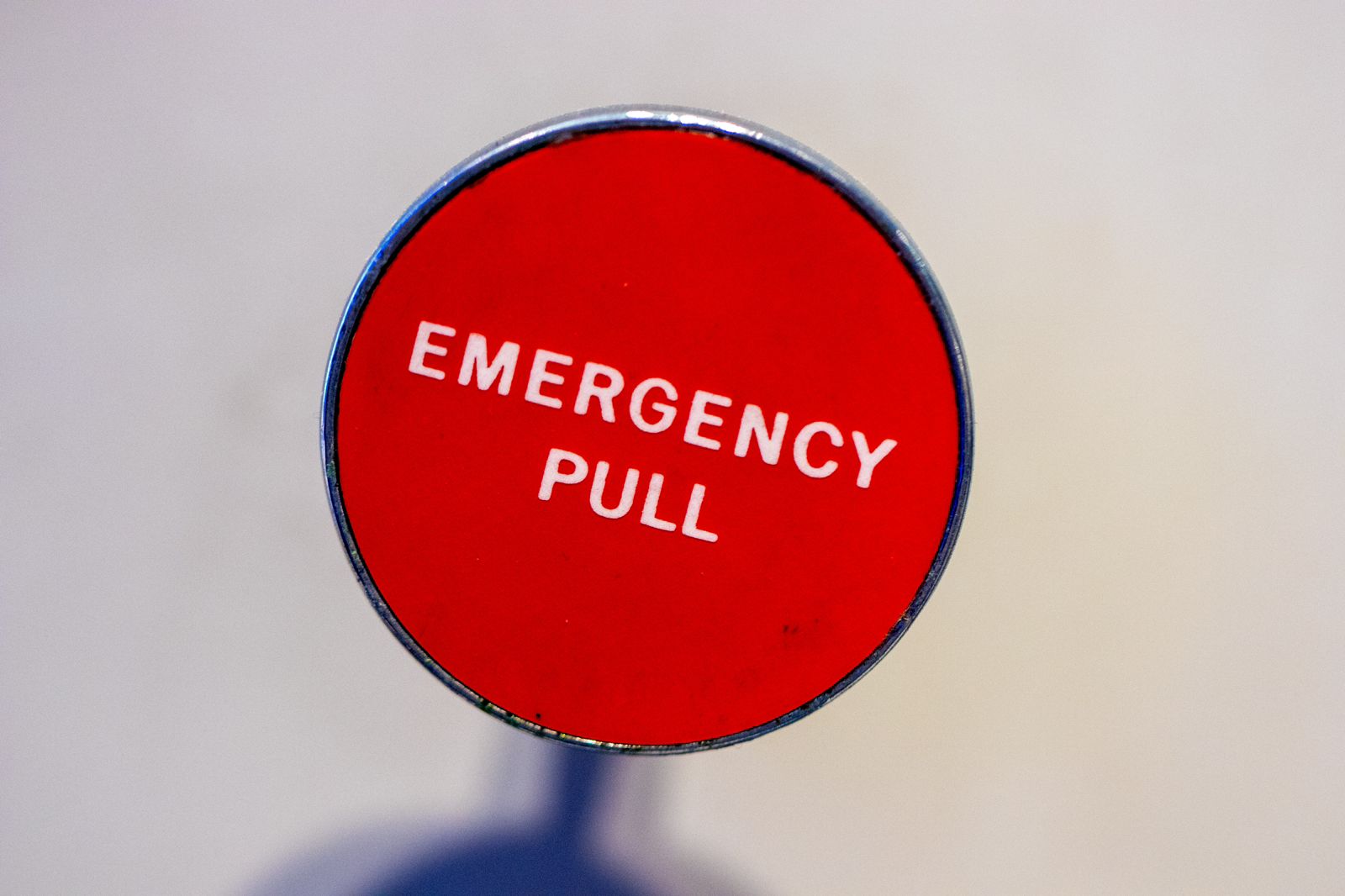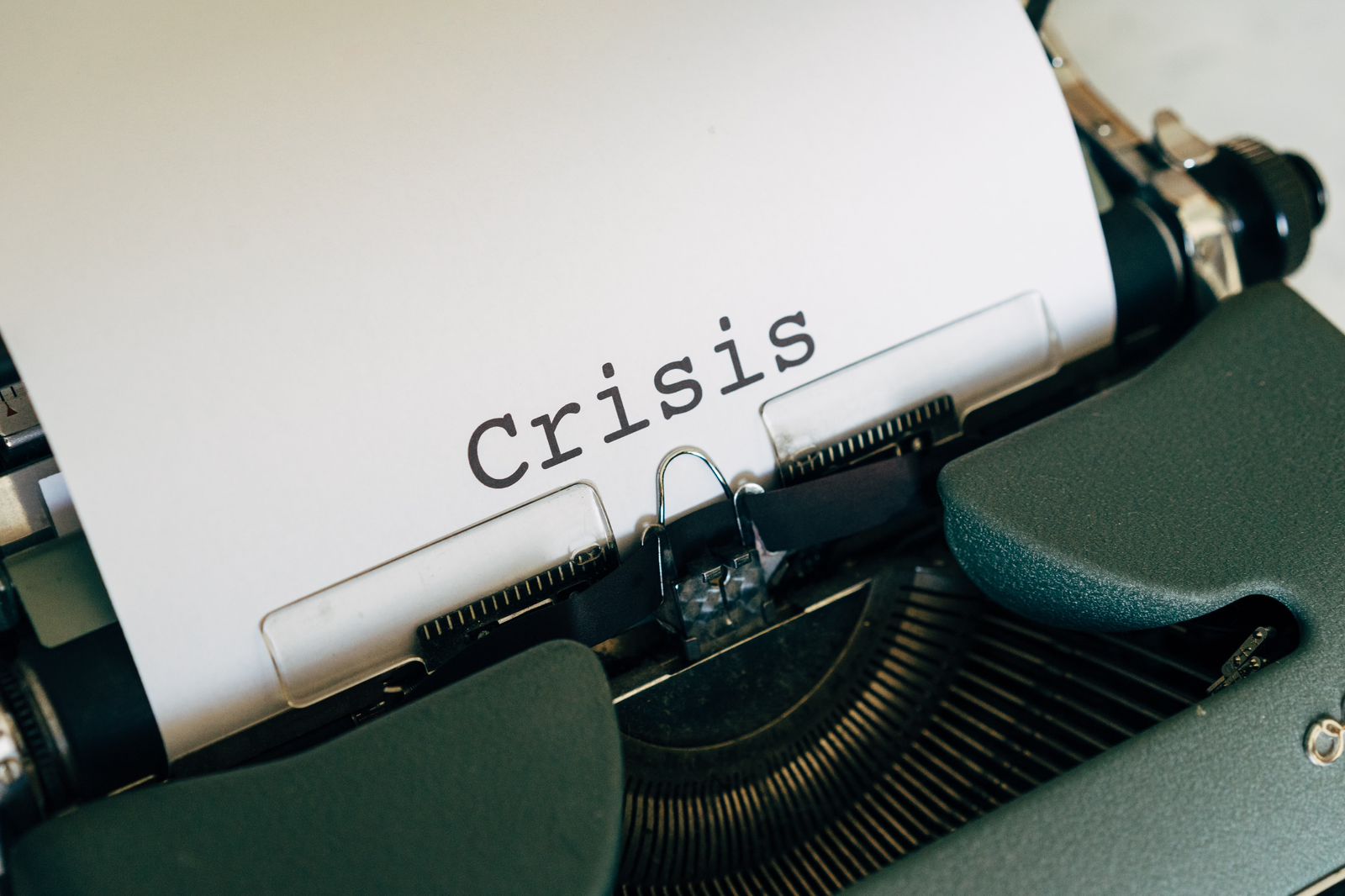
- 27 Sep 2023
Key Roles and Responsibilities in Emergency Situations and Adverse Events
Photo by Jason Leung
In times of crisis and adverse situations, organizations depend on a strong leadership structure and clearly defined roles to manage response and communication. In this article, we explore the critical roles played by the President, Vice President, Corporate Affairs Manager, Government Relations Coordinator, Media Relations Coordinator, Community Relations Advisor, Head of of networks and telephones, the Responsible for Electronic Communications, the Responsible for Internal Communications, the Documenter in Crisis Cases, the Legal Responsible, the Responsible for Environmental Affairs and the Financial Responsible in emergency situations and adverse events.
President
Strategic Direction: The president leads the strategy and actions in emergency situations or adverse events.
Key Responsibilities: Defines the responsibilities of the personnel in charge, approves actions and information to be disclosed, and decides on the inclusion of external advisors.
Communication: Approves all internal, external and headquarters communications, assuming the role of spokesperson or designating the appropriate person.
Contact with Authorities: Lead or designate contacts with high-level government or civil authorities according to each case.
Vice president
Personnel Coordination: Coordinates the call of the organization's personnel who will provide support during the emergency.
Action Plan: Keeps your Action Plan updated and activates it as necessary.
Monitoring: Supervises the contact agenda and internal reactions of collaborators.
Human Resources: Directs Human Resources actions to notify family members and people involved in the organization.
Internal Communication: Directs activities related to collaborators, including announcements, recommendations and review of policies.
Monitoring: Follow up with the parties involved and advise the president in decision making.
President's Backup : Acts as the president's backup in his absence and can be designated as second spokesperson.
Corporate Affairs Manager
Communication Strategy: Develop the communications strategy in emergency or adverse situations.
Action Plan: Keeps your Action Plan updated and monitors the information to be disclosed.
Coordination of Advisors: Coordinates activities with external advisors and different units of the organization.
Spokesperson Recommendations: Recommends who should speak, when and what should be said.
Spokesperson Preparation: Coordinates the preparation of the elected spokesperson and centralizes daily communication efforts.
Contact Log: Maintains a detailed record of your internal and external contacts.
Government Relations Coordinator
Coordination with the Government: Coordinates relations with the government and presents claims and proposals to the Communications Committee.
Action Plan: Keeps its Action Plan updated for managing relations with the government.
Notification to Official Entities: Notify official entities about the emergency and the efforts undertaken by the organization.
Accompaniment to Visitors: Accompany visitors and observers from official entities on their visits and inspections.
Documentation and Recording: Document activities and maintain a detailed record of your contacts.
Media Relations Coordinator
Media Communication: Responsible for providing approved information to the media and maintaining contact with them.
External Agency Support: Coordinates External Communications Agency support and adjusts press releases.
Identification of Concerns: Identify the concerns of the media, networks and public opinion.
Coordination of Press Conferences: Organize press conferences and authorized interviews.
Recording and Responding to Requests: Keeps track of press requests and responds in accordance with the instructions of the Strategic Committee.
Release Delivery: Deliver approved press releases to the media.
Daily Recording and Summary: Records the case in the media daily and provides reports to the Corporate Affairs team.
Community Relations Advisor
Community Relations: Responsible for community relations in the area affected by the emergency.
Action Plan: Prepare and keep your Action Plan updated for managing community relations.
Identification of Affected Population: Quickly identify the affected population and establish proactive relationships with them.
Meetings with Community Groups: Conducts meetings with community groups and addresses their concerns to the Committee.
Community Information: Provides information to the community about the incident and response actions.
Answers to Questions: Prepare answers to community questions and maintain a contact log.
Documentation of Activities: Documents activities carried out with the community and provides daily summaries.
These roles play crucial roles in managing emergency situations and adverse events, ensuring effective response and transparent communication both within and outside the organization. Each has a specific set of responsibilities that contribute to the resilience and adaptability of the organization at critical times.



























